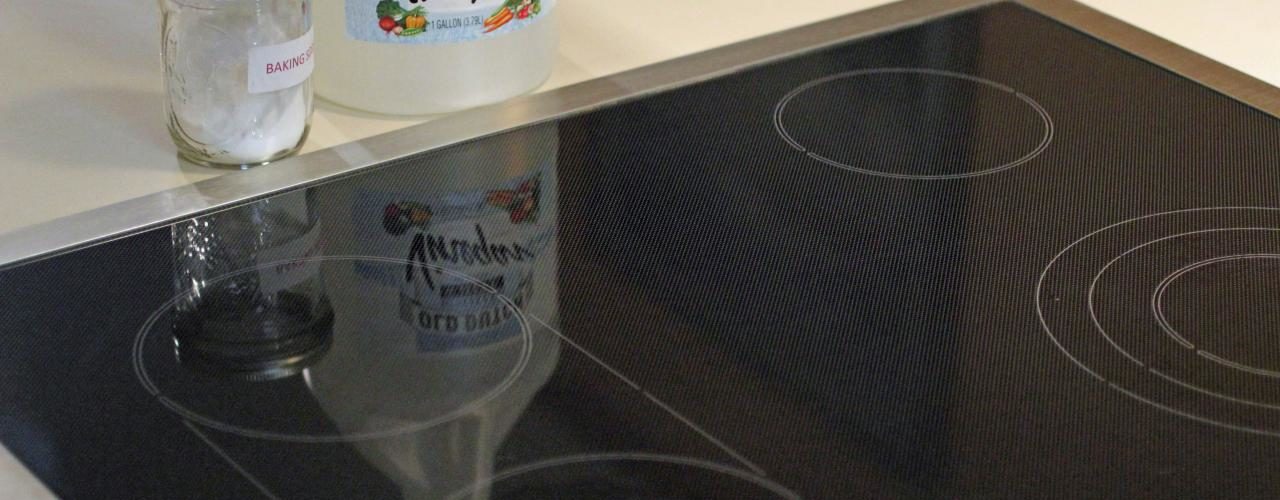Most people envision hours of scrubbing burnt-on residue until their fingers are raw when imagining stove cleaning. A few simple steps and ingredients make cleaning stove-tops easy. There are a few different types of stoves; each one requires a slightly different cleaning process, but here are some general guidelines for the different types of stoves:
● Gas Stove
When cleaning these appliances, extreme caution should be exercised with chemicals. Gas stoves often have an open flame (the flame area is vented) and careless use of spray chemicals may result in a fire, so the flame should be extinguished before cleaning the stove. Mixing about 2 tablespoons of laundry detergent with one-half of a gallon of water in a bowl creates a good cleaning solution. Non-abrasive scrubbing pads (such as the plastic scrub sponges) are best to use on the surface of the stove. Many gas stoves have a removable metal plate below the burners. Any removable parts should be taken off and sprayed with a strong chemical agent, such as Simple Green and scrubbed to remove residue which is burned on to the surface. This should be done over the sink or outdoors, wherever a safe and well-ventilated area may be found. Burner racks may be removed and cleaned with this substance or soaked in a sink full of hot water, detergent and Simple Green, then scrubbed and thoroughly rinsed with water. All surfaces should be wiped three times with a rag soaked only in water; the rag should be rinsed and re-wet between each wiping.
● Electric Stove
Electric stove surfaces should be cleaned with the above-mentioned formula of water and laundry detergent. Fragments of food which have been burned on to the surfaces should be scraped off with a plastic scraper, then cleaned well with a plastic scrubbing pad. Heating elements should be unplugged, removed and scrubbed well; there is no need to clean the prongs where the burner plugs into the stove outlet. Burner plates should be placed in a solution of detergent and hot water and soaked for about one hour. If the burner plates are made of stainless steel, Comet or Ajax powder and a scrubbing pad may be used for quick cleaning. Aluminum plates must be soaked; Comet and Ajax are strong enough to tarnish aluminum. Stove-top covers almost always open and are able to be propped up, making cleaning below them easy. Simple Green may be used on the shiny finish of the stove-top; also it may be used below the stove’s top. Spraying glass cleaner on the top surface and knobs will make the stove shine after it has been thoroughly cleaned with water and detergent. Burners and plates should be replaced and plugged in again.
● Ceramic Stove
These newer stove-tops require special attention. Because of their delicate design, only certain formulas may be used for cleaning; the most common substance is a gentle creme-like cleaner designed especially for ceramic stove-tops. Cleaning one of these surfaces with the wrong chemical may result in cracks. Cracking is the most harmful thing to befall one of these stoves. Replacing the stove-top will be necessary and will cost upwards of $1,000.00. Mistakes are costly with ceramic, so ensuring extreme care is very important. Wiping the stove-top with a non-abrasive rag and a dab of creme cleaner is the only safe way to clean these stove-tops. Rubbing lightly over the stove’s surface will suffice; this process should be done one to two times per week. Afterward it is advisable to wipe excess cleaner off with a water-dampened rag. Helpful hints about ceramic stove-tops may be found here: Ellens Kitchen.



